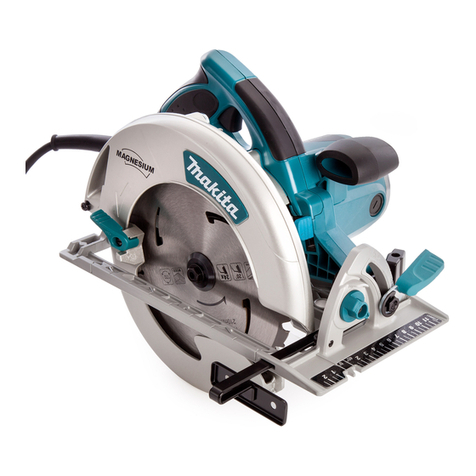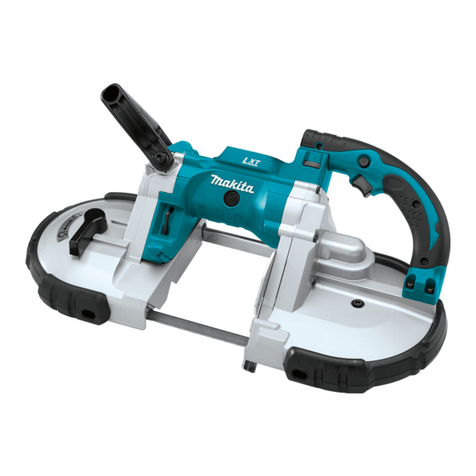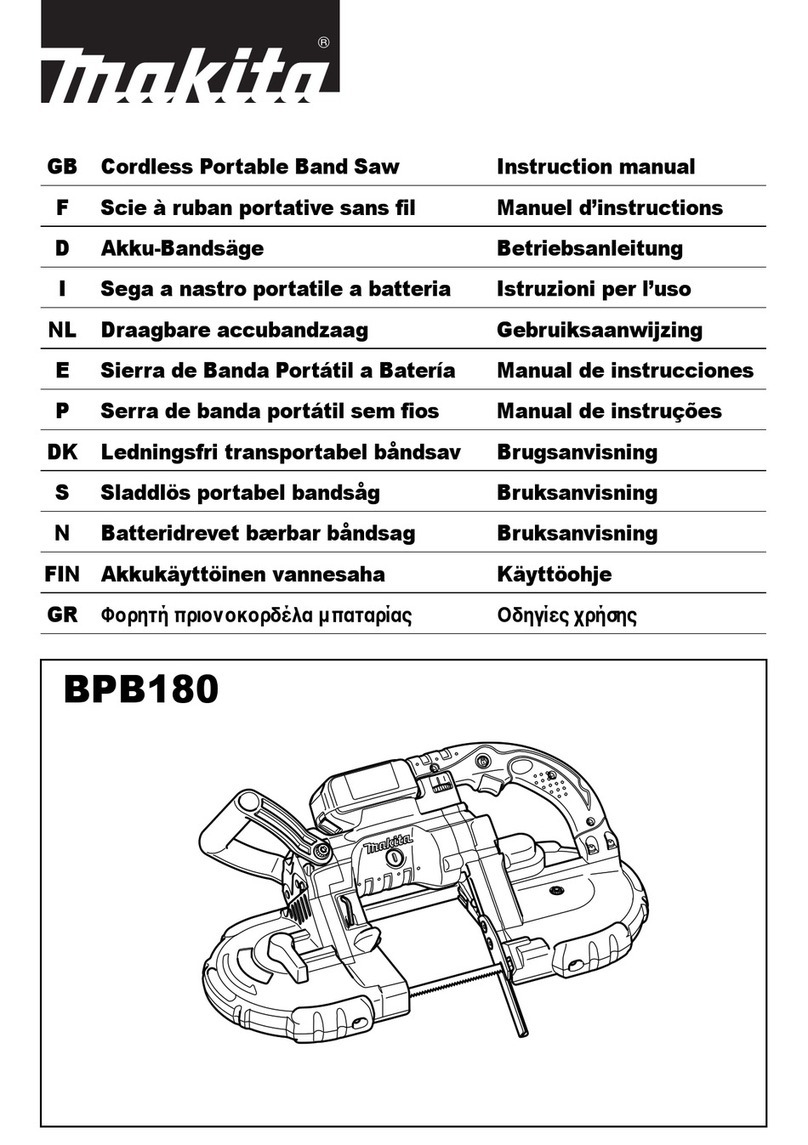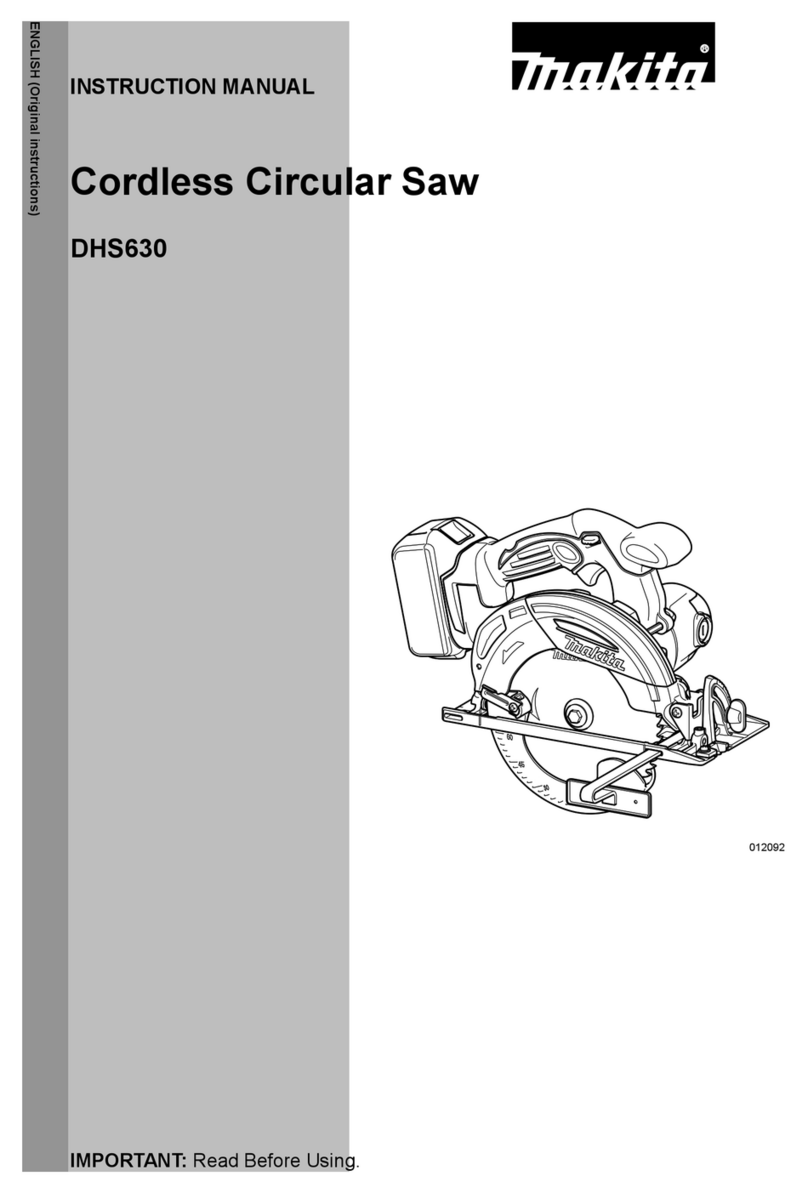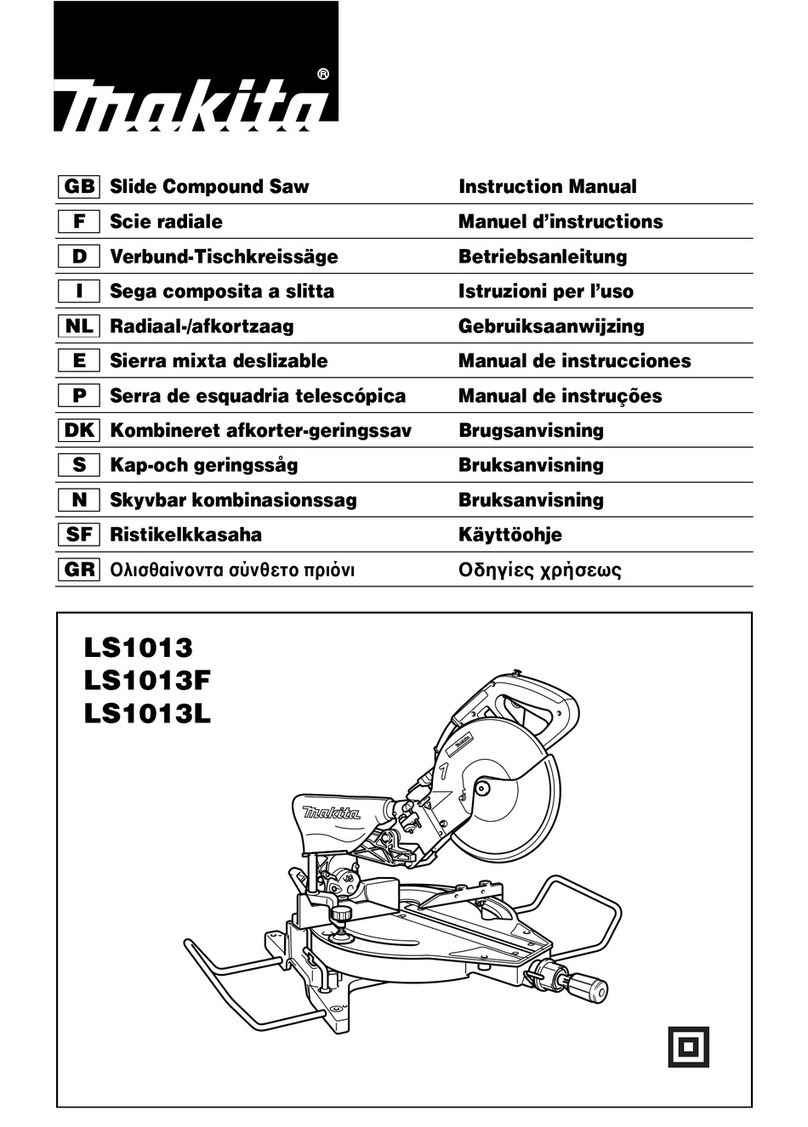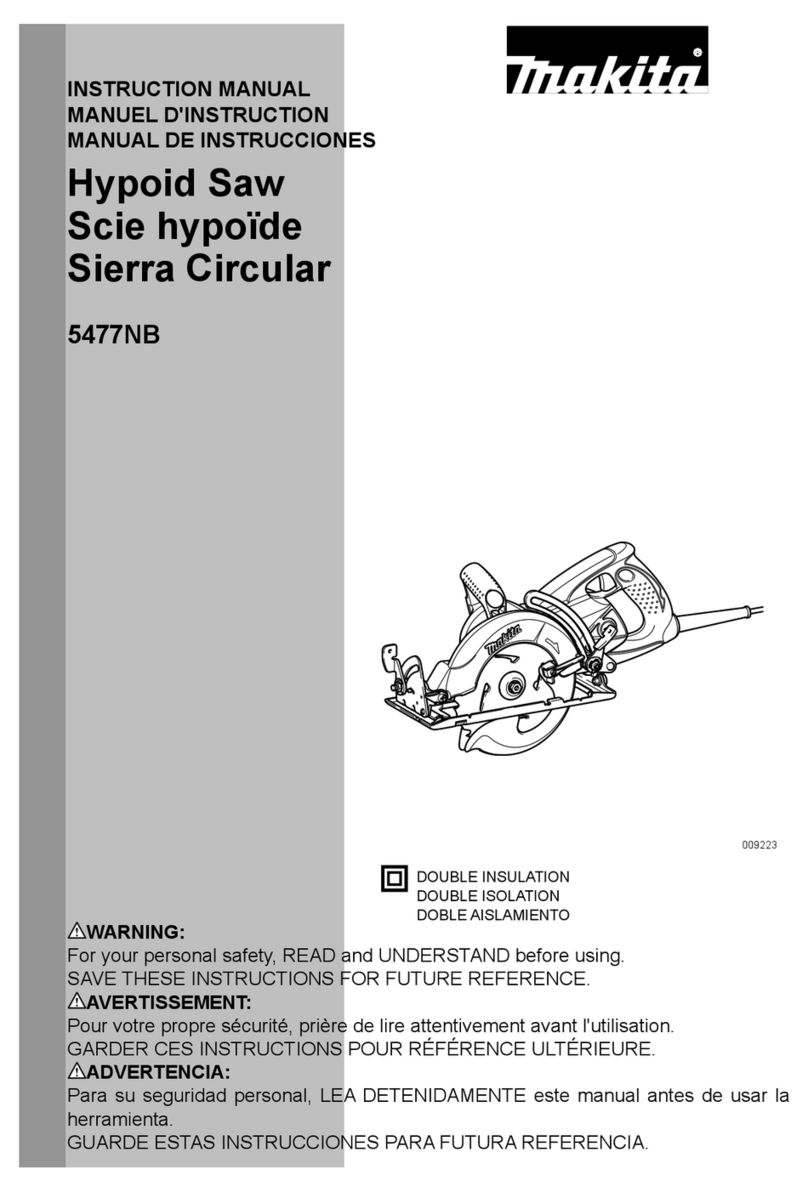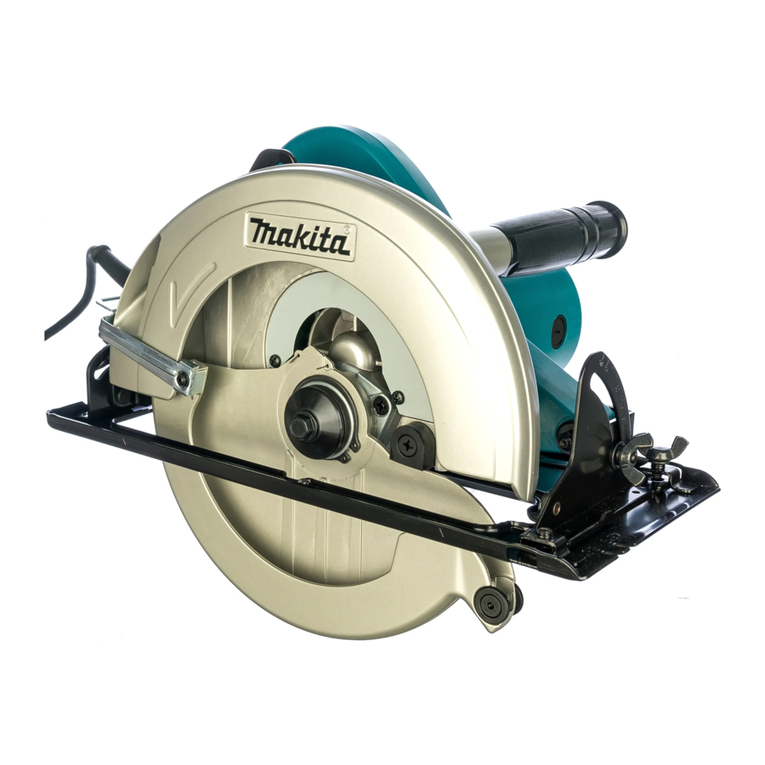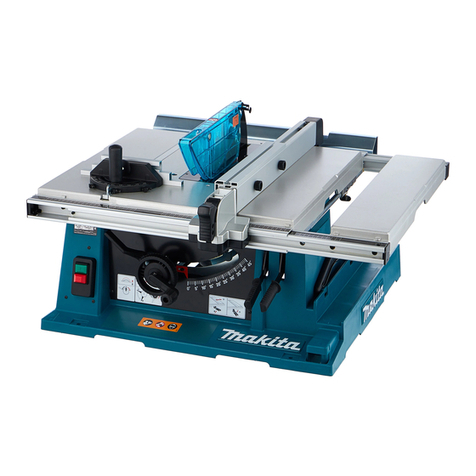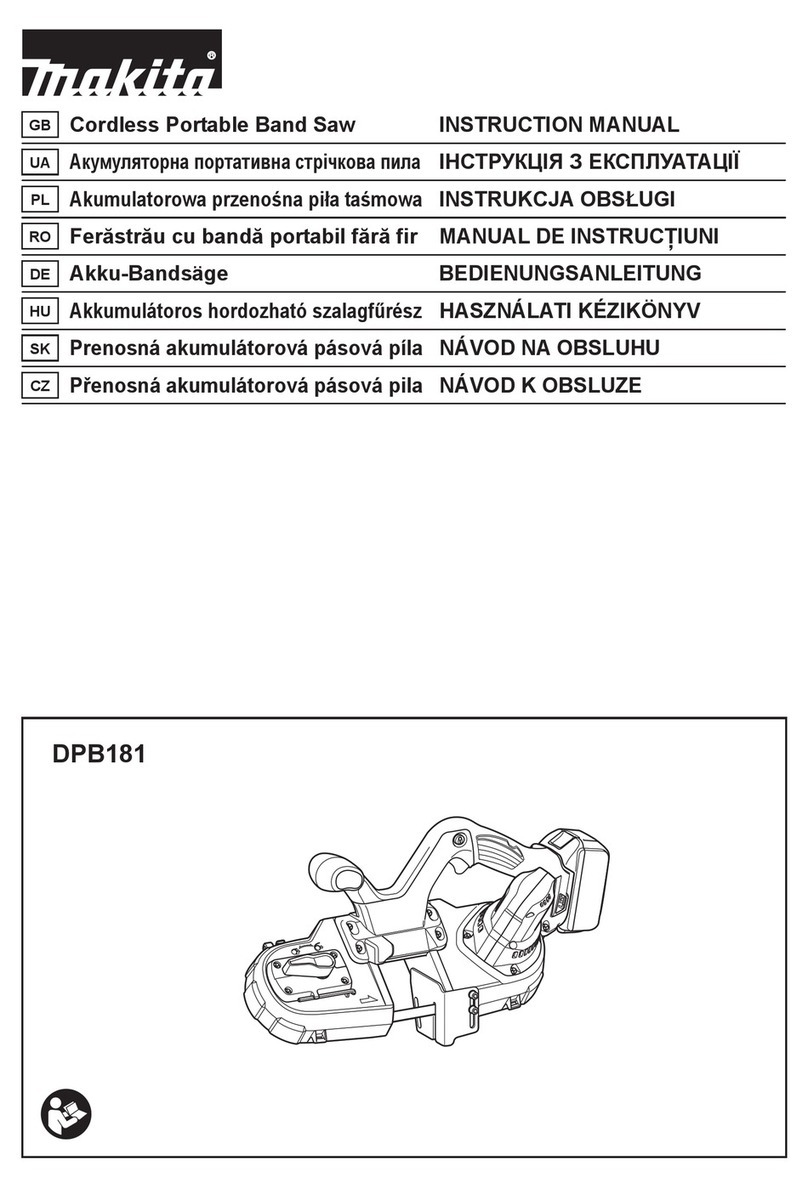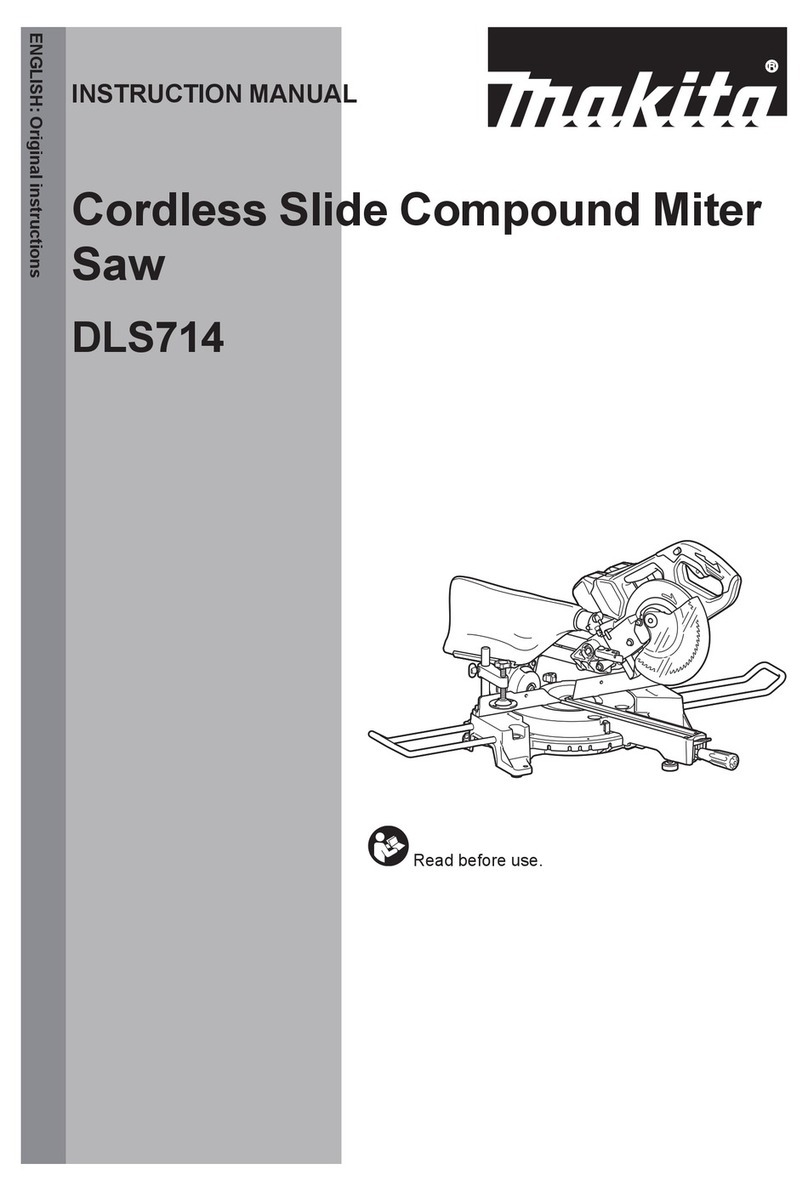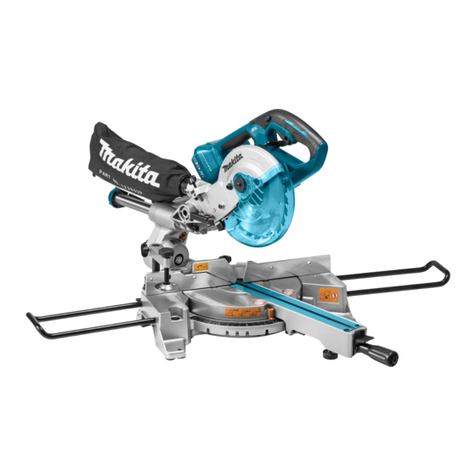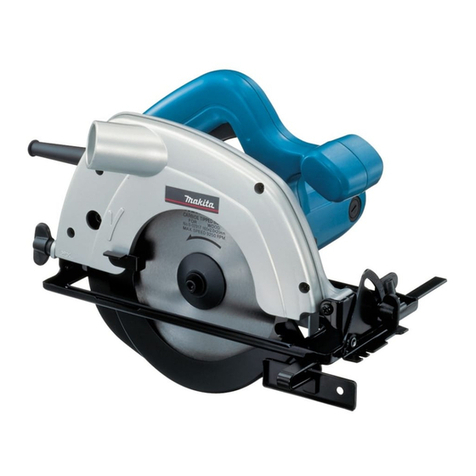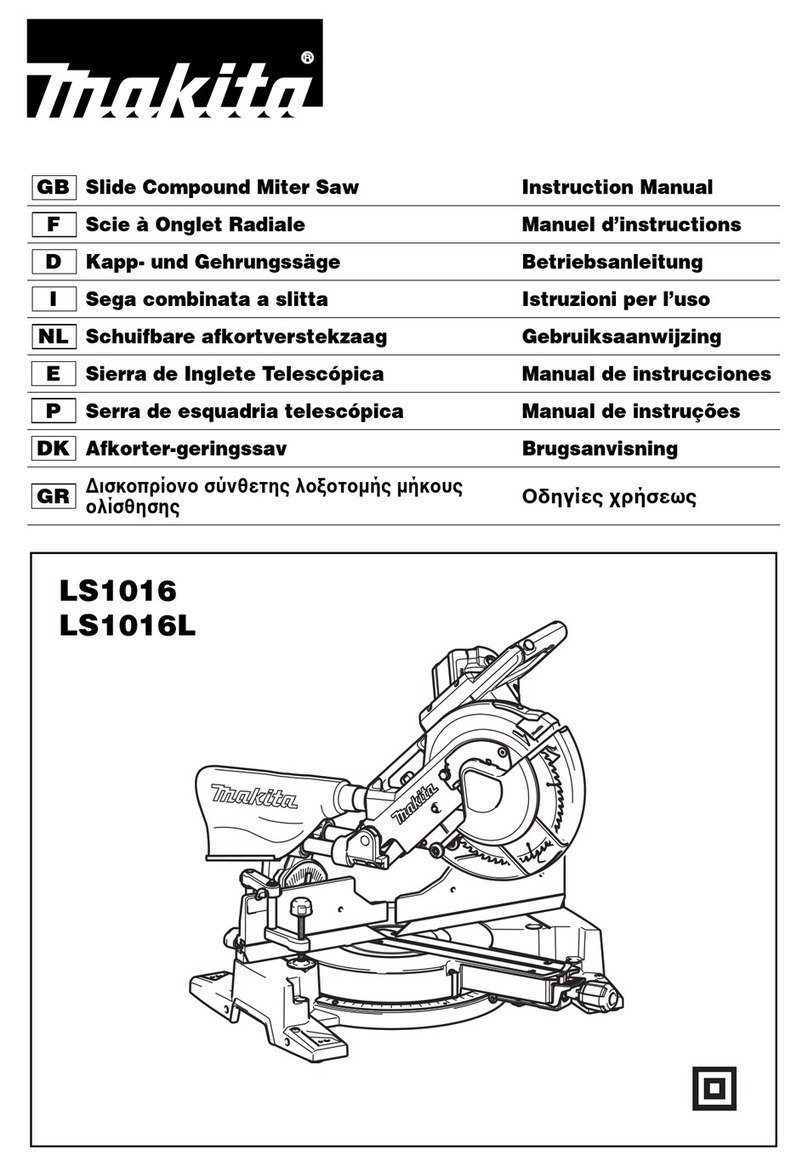
Original Instruction Manual
Instructions d’emploi d’origine
Originalbetriebsanleitung
Manuale di istruzioni originale
Originele gebruiksaanwijzing
Instrucciones de manejo originales
Instruções de serviço original
Original brugsanvisning
Πρωτότυπο εγχειρίδιο οδηγιών
Orijinal Kullanım Kılavuzu
Important: Read this instruction manual carefully before putting the petrol chain saw into operation and strictly observe
the safety regulations! Keep this instruction manual!
Important : Veuillez lire attentivement ce mode d’emploi avant d’utiliser la tronçonneuse à chaîne et à essence et
respectez strictement les consignes de sécurité ! Conservez ce mode d’emploi !
Wichtig: Lesen Sie vor Verwendung der Benzin-Motorsäge diese Betriebsanleitung aufmerksam durch, und halten Sie die
Sicherheitsbestimmungen strikt ein! Bewahren Sie diese Betriebsanleitung auf!
Importante: leggere attentamente il presente manuale di istruzioni prima di mettere in funzione la motosega a benzina e
rispettare scrupolosamente le norme per la sicurezza. Conservare il manuale di istruzioni.
Belangrijk: Lees deze gebruiksaanwijzing aandachtig door voordat u de benzinekettingzaag in gebruik neemt en houd u
te allen tijde aan de veiligheidsinstructies! Bewaar deze gebruiksaanwijzing!
Importante: Lea atentamente este manual de instrucciones antes de utilizar la motosierra y cumpla estrictamente la
normativa de seguridad. Conserve este manual de instrucciones.
Importante: Leia cuidadosamente este manual de instruções antes de utilizar a moto-serra a gasolina e cumpra todas as
normas de segurança! Guarde este manual de instruções.
Vigtigt: Læs denne brugsanvisning omhyggeligt igennem inden du anvender den benzindrevne motorsav og overhold
sikkerhedsbestemmelserne til mindste detalje! Gem denne brugsanvisning!
Σημαντικό: Πριν θέσετε σε λειτουργία το βενζινοκίνητο μηχανοκίνητο πριόνι διαβάσετε προσεχτικά το παρόν εγχειρίδιο
οδηγιών και εφαρμόσετε αυστηρά τους κανονισμούς ασφαλείας! Κρατήστε αυτό το εγχειρίδιο χρήσης!
Önemli: Benzinli zincir testereyi kullanmaya başlamadan önce bu kullanım kılavuzunu dikkatlice okuyun ve güvenlik
talimatlarını haryen takip edin! Bu kullanım kılavuzunu saklayın!
EA3500S
EA3501S
EA3502S
EA3503S
